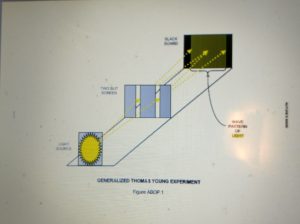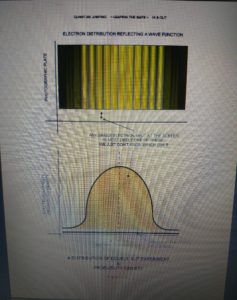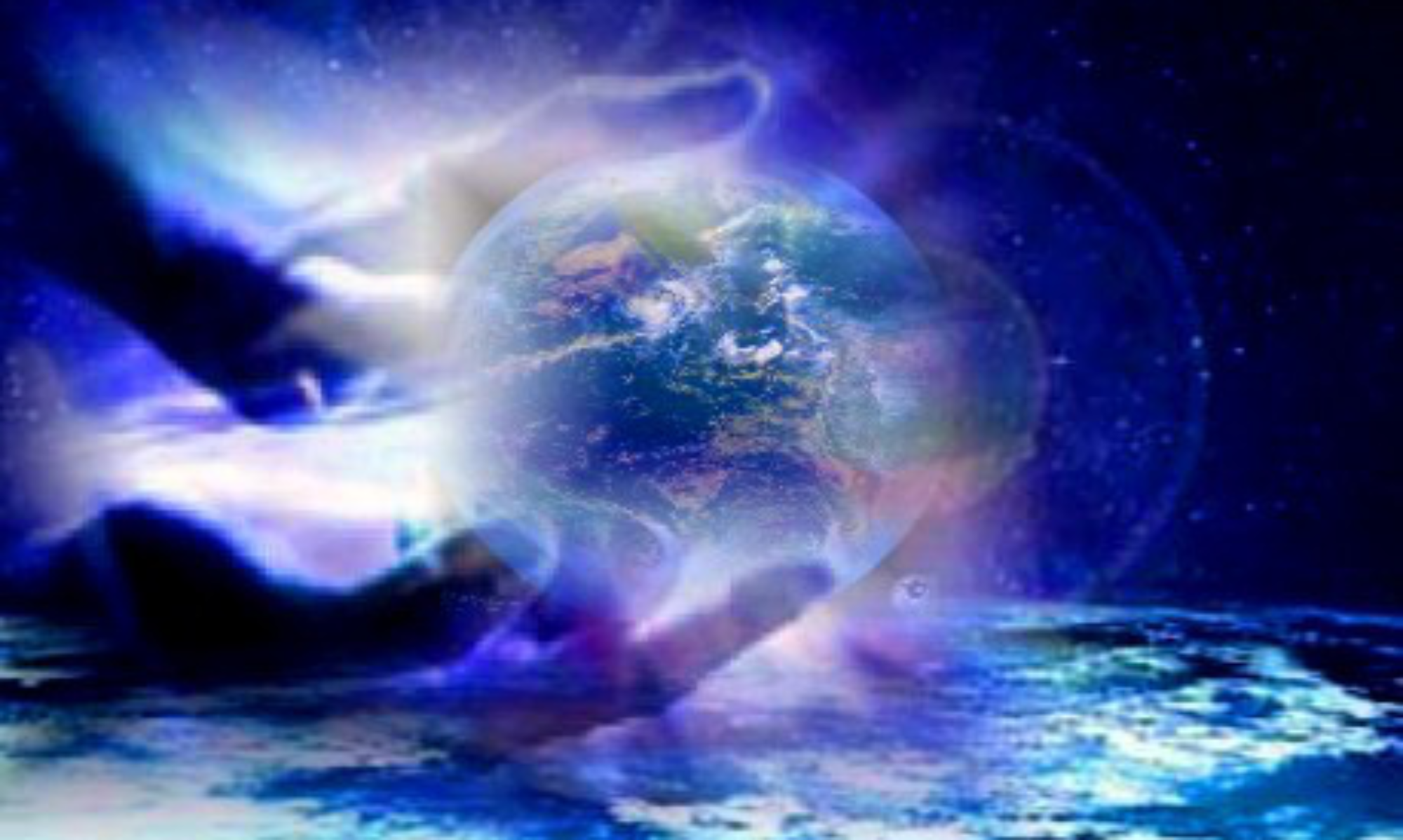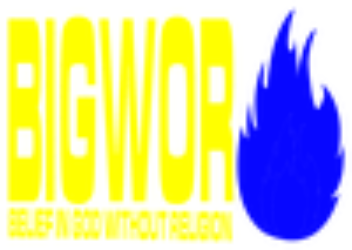Study of LIGHT began at JOG.275.
The history of how Homo Investigatis’ have looked at light ????
Continued from JOG.281.
A&Q ][ Q&A:
1. Please download and open TON 1 PPC NATURES MEND The Book by kevin l olson 2014 from FREE STUFF !!!!
2. What lies ahead ???? TON 1 p. xi para. 7.
3. TON 1 p. xxi para. 2.
4. I invite you to step into a great light, not of religion, not of physics, not of math, not of man, but of NATURE, and that can give you that feeling of warmth and comfort. TON 1 p. xxii para. 6.
5. Physics is the science that deals with matter and energy, and the action of different forms of energy (objects, motion, crashes, and explosions), excluding chemical and biological change, and is defined and explained with mathematics and linguistics. Physics studies force, motion, heat, light, sound, electricity, magnetism, radiation, and atomic structure. It studies things like a basketball spinning, a Ping-Pong ball bouncing and spinning; a NASCAR car orbiting the track; and fireworks and their sound and light. The color of the fireworks is set by chemical compounds. Remember that some light is visible, like what we see in a rainbow, and some light is not visible, like x-rays to look at broken bones, and radio waves for music, sports, and political BS, MS, Piled Higher and Deeper. TON 1 p. xxix para. 6.
6. In the 1600s Galileo even tried to measure the speed of light in his experimenting. TON 1 p. xxxv para. 3.
7. Isaac Newton was born in 1643 about a year after Galileo died. Some 30 years later astronomer Olaus Roemer published a value for the speed of light that was within 25% of the currently predicted speed of light of 299,766 K/sec (186,275 miles/sec). TON 1 p. xxxv para. 7.
8. Sir Isaac is also the explainer of the rainbow, how visible light breaks down into the familiar spectrum (band) of seven colors: red, orange, yellow, green, blue, indigo, and violet. Could there be eight? TON 1 p. xxxv para. 10.
9. So with Newton some 3000 years after the beginning of this brief we reach the foundation of two of the great struggles of modern theoretical physics. Explain the Universe by linking Inner Space (Quantum) and Outer Space (Cosmological) physics. And the argument of the Inner Space of light began: “Is light a particle or a wave?” “Is it a ping pong ball, or a fluid and moves like the ocean?” This argument and the methods of determining this and explaining it have boiled and steamed ever since. Newton proclaimed that light was a stream of particles. One of Newton’s counterparts, Christian Huygens, argued that light was a wave. TON 1 p. xxxvi para. 2.
10. It took until the early 1800’s for the particle wave debate of the light-balance (scale) to be tipped one direction. It tipped on the side of the wave idea with and experiment known as the double slit experiment, where Thomas Young shined a beam of light at two slits in a screen in front of a black board. The resulting pattern of scattered bands of light and dark from brightest in the center to black at the edges demonstrated the wave nature of light. See Figure ABOP.1 (A Brief Of Physics.1) Generalized Thomas Young Experiment. If light didn’t travel in a waveform, only two lines matching the slits would have shown up on the black board. Is light a particle or is it a wave? One must remember just because the balance tips to one side versus the other, doesn’t mean it’s finalized the outcome and thus the question remains. The debate is a swinging pendulum and the pit is very dark. TON 1 p. xxxvi para. 6.

11. And when Homo Investigatis’ looked at each stripe of light and its intensity the picture of the results changed:

12. In the next JOG we will move on with the wave-particle nature of light !!!!

